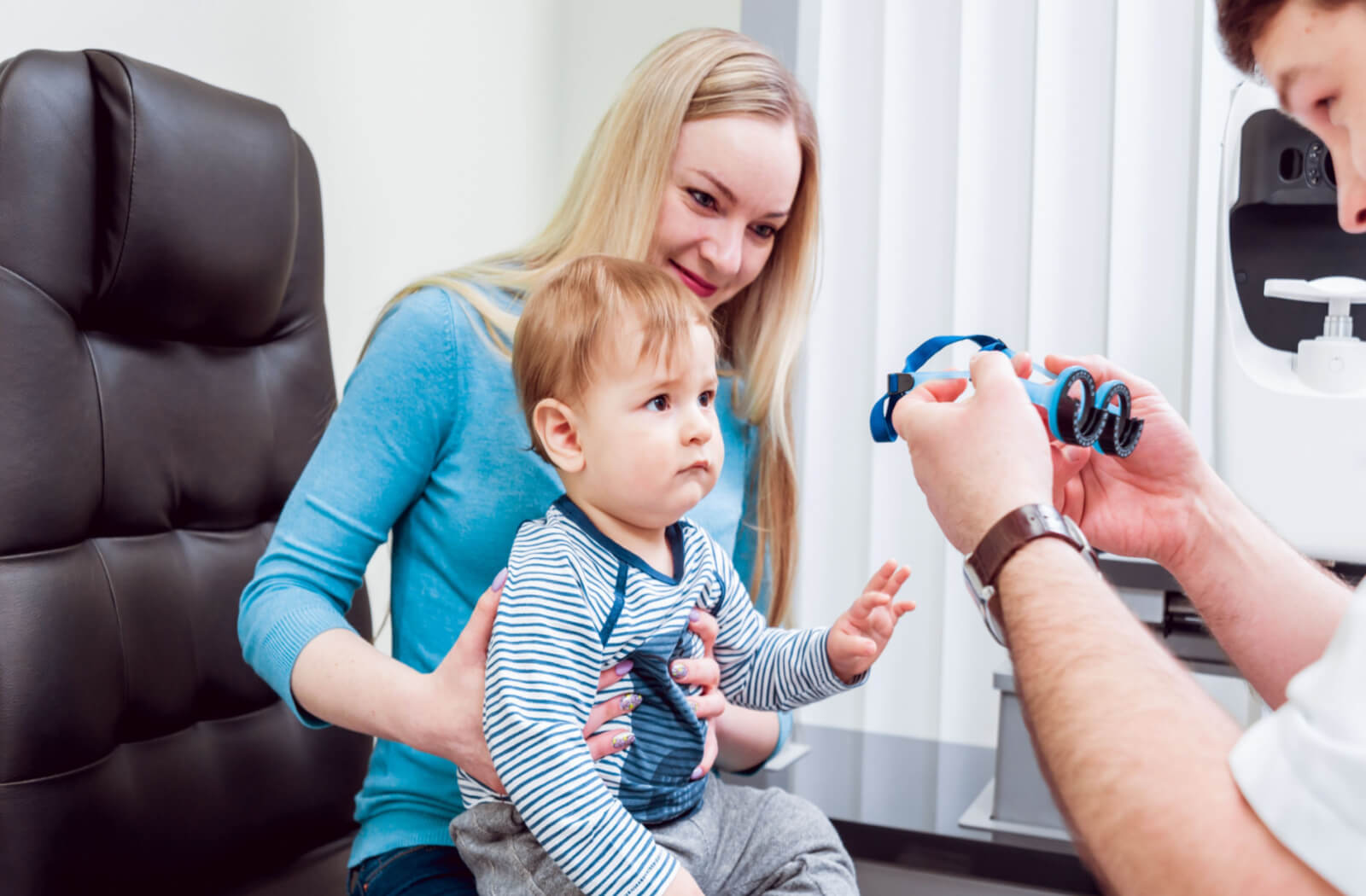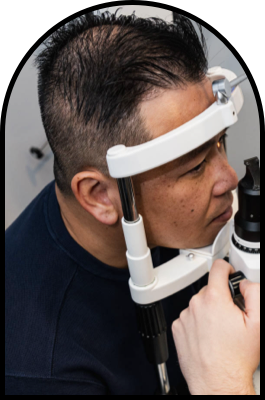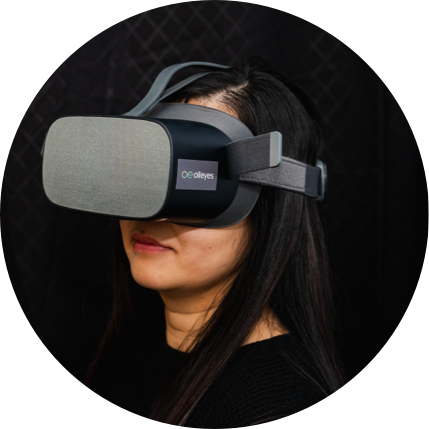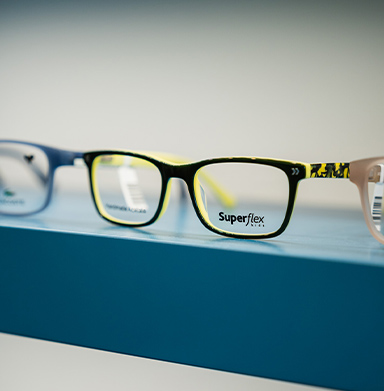Learning at school is heavily done through visual tools. Because of this, vision problems can play a significant role in learning problems. It’s important to book your child’s eye exam to detect early vision issues, such as myopia.
Most vision problems do not have easily recognizable symptoms, and the signs presented can be confused with a variety of learning and behavioural issues in children.
25% of school-aged children have an undiagnosed vision or eye health problem. Many people are unaware of how early they should be sending their kids for their first eye exam.
Understanding the different types of eye exams and the benefits they offer can help with the decision of when to bring your child in for their first exam.
Comprehensive Examinations For Your Child’s Eyes
A quick eye exam with a general practitioner or pediatrician is not the same as an optometrist. Doctors who don’t specialize in vision care may miss conditions with no visible symptoms.
School vision screenings and sight tests are also insufficient for detecting these issues. Optometrists perform far more extensive tests.
They have the expertise as well as equipment to measure a wide range of variables, including:
Eye Teamwork
Exactly as it sounds, the ability of the eyes to work together. Although good eye cooperation keeps the eyes aligned, a slight misalignment in your child’s eyes can cause symptoms such as double vision, fatigue, and headaches.
Strabismus
Strabismus (crossed eyes) is a condition in which an eye can turn in or out. It’s a muscle condition in which a child’s eyes do not line up properly.Development of eye teaming and coordination starts during infancy.
Without treatment, a child will not grow out of strabismus and it may even worsen. To avoid double vision, the brain eventually ignores the image from one eye, resulting in amblyopia (lazy eye) and reduced depth perception.
Lazy Eye
Lazy eye is poor or reduced vision in one or both eyes as a result of an uncorrected prescription or strabismus during childhood. It’s the most common cause of avoidable vision loss. It often resolves completely if detected and treated early.
Benefits of Comprehensive Eye Exams for Children
Children with undiagnosed vision problems may be labelled as difficult by teachers and parents, even though they lack the visual skills needed to focus on the material.
To make matters worse, they’re unable to communicate their vision problems because they’re unaware that they are seeing differently; they have no frame of reference for what is wrong.
Comprehensive eye exams can help avoid issues in many areas including
- Social Life
- Extracurriculars
- Academic performance
Social Life
In early social interactions, vision is important for detecting emotional cues. Facial expressions are important for conveying mood or intent. Children with low vision may struggle to recognize fine details that are essential for establishing emotional context.
Extracurriculars
Poor eyesight can make sports much more difficult than they should be. Most recreational activities are not designed for children with low vision or poor depth perception, so children with undiagnosed vision problems can quickly become frustrated and lose confidence.
Academic Performance
Poor vision can be challenging for students attempting to navigate a reading-intensive school system. 88% of Canadian adults with a visual impairment say their sight has had a direct impact on their educational experiences, which has influenced their educational attainment, career choices, and employment.
Early Signs of Vision Issues in Children
It’s tough as a parent to know when your child is experiencing vision issues. There are some physical signs to watch for to help you before you make their first exam, and between eye exams.
Babies up to 1 Year
Babies around 3 months and up should be able to track objects with their eyes. Using a toy, move it across their sight and see if they can follow it with their eyes.
Preschool Age
If you notice your preschooler trying to get closer to the TV, holding books or devices close to their face, or complaining of headaches, these may be signs of potential vision issues.
School Age
Thankfully, school-aged kids can communicate with us a little better. They may complain of blurry vision or headaches. They may also have trouble concentrating in school and have poor reading comprehension.
When Should You Make Your Child’s First Eye Exam Appointment?
Now that you are aware of the significance of comprehensive eye exams, it’s time to plan your child’s first appointment. Just keep in mind that eye exams are routine procedures that must be scheduled once your child is old enough to begin receiving them.
At Chestermere Optometry, we recommend that your children have eye exams at 6 months, 3 years, and annually beginning in kindergarten. Young eyes require special attention and care; routine eye exams are essential for your child’s visual health.
The earlier you learn of your child’s vision needs, the better you can safeguard them against future vision issues. Having clear vision as they get older will give them more opportunities to grow and succeed.
Help your kids see clearly so they can enjoy the advantages of healthy vision, and start scheduling their eye exams using the information you’ve learned here.


























